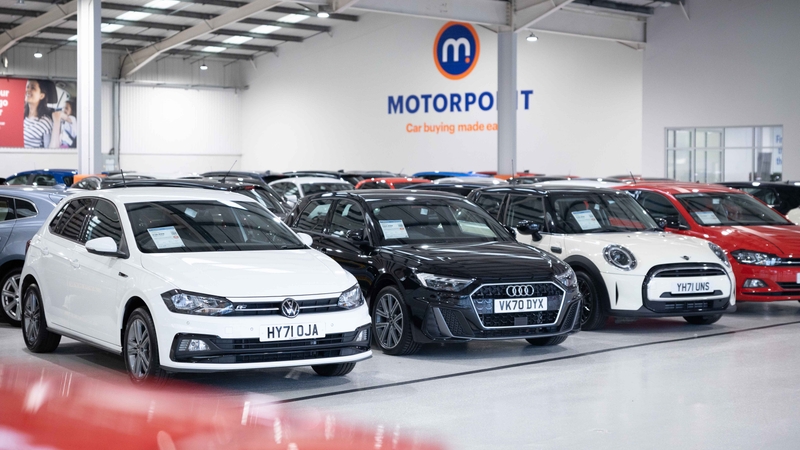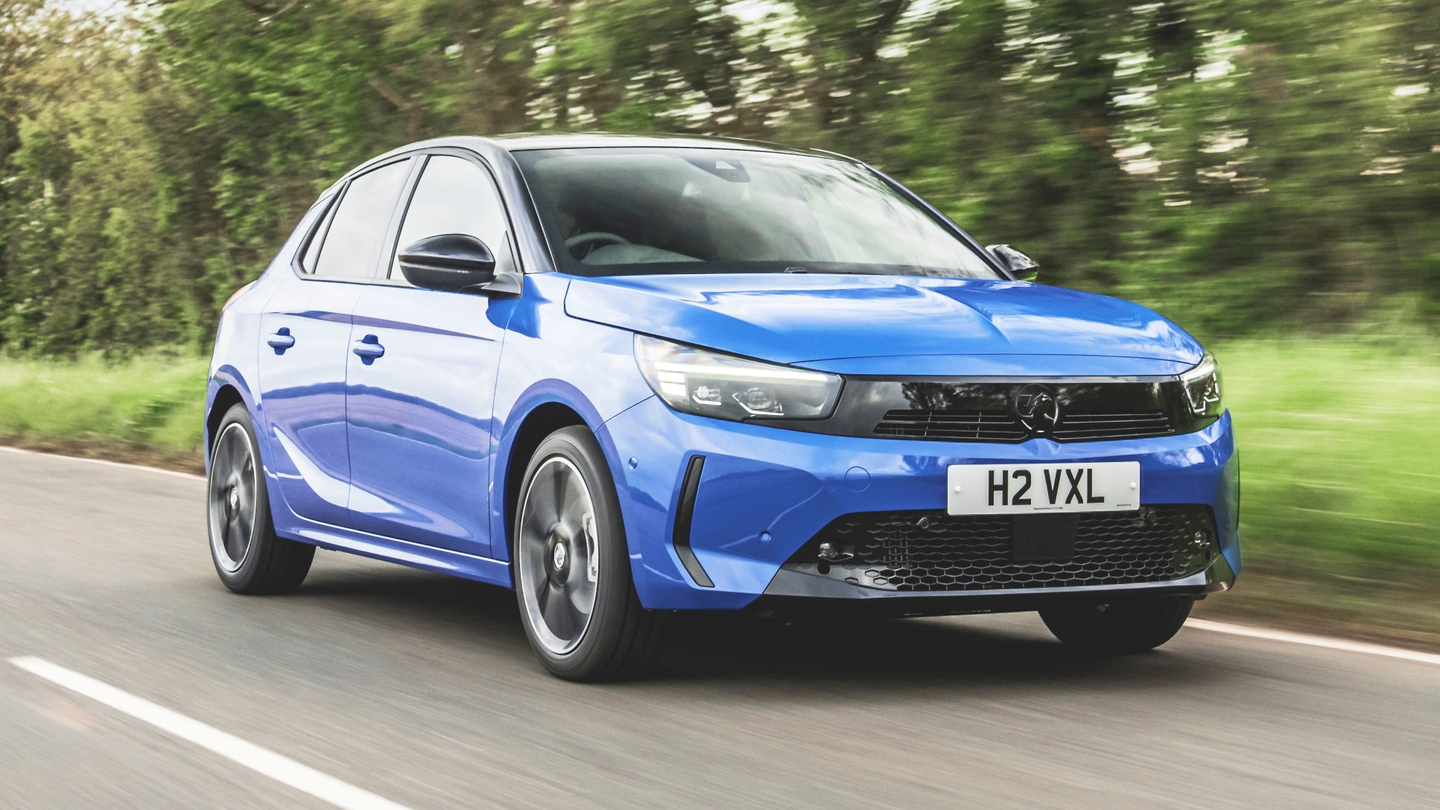
SEAT Ibiza engines, driving and performance
Gallery
How does the SEAT Ibiza drive?
For now at least, SEAT is marketed as a sporty brand within the Volkswagen Group empire. And the SEAT Ibiza lives up to this billing, with an agility that many small cars lack and naturally weighted steering. Body roll is kept under control, so the Ibiza pivots gracefully through slow or fast corners. It somehow has a little more driving sparkle than the mechanically similar Volkswagen Polo, and is genuine fun on the right road. It’s almost up there with the Ford Fiesta and Mini hatch for keen drivers.
This agility doesn’t come at the expense of motorway manners. On long journeys and at high speeds, the Ibiza feels secure and dependable – more so than its size might suggest. You really could use the Ibiza for long journeys every single day.
Is the SEAT Ibiza comfortable?
Firm, sporty cars can find it hard to settle down and be comfortable over broken Tarmac, but the Ibiza generally copes well with all sorts of road imperfections. The Ibiza won’t hide the bumps as well as a Citroen C3 – you’ll know what the road surface is like, but it’s never uncomfortable.
As nice as they look, we’d avoid the biggest 18-inch wheels if comfort is fairly high on your priority list, as these big rims make the ride a little firmer and more unsettled than smaller wheels.
High-speed refinement and comfort is really good for a small car. It feels sophisticated and grown-up on the motorway, and you and your passengers won’t need to raise your voices to be heard over the engine or road noise.
What’s the best engine to get?
The vast majority of SEAT Ibizas use a 1.0-litre petrol engine, which comes in several different flavours. First up is the 80hp version that isn’t turbocharged. This has enough power for trips around town but feels strained getting up to speed on faster roads. You may have to change down more often than you’d expect when overtaking or ascending steep hills, but we have no complaints about changing gear as the Ibiza’s manual gearshift is superb.
Of course, having to change down means the engine is having to work harder, which impacts your fuel economy and creates a lot of noise – which isn’t what you’d call pleasant. The 1.0-litre also offers the cheapest insurance costs of any Ibiza, starting from group 3 out of 50 – the Polo with this engine starts in the very lowest group 1, so your premiums might be lower in the VW, but the Polo is also more expensive to buy than an equivalent Ibiza.
If you’re not too bothered about insurance costs or tend to travel on faster roads often, one of the turbocharged TSI petrol engines will suit you much better. They’re quicker to get up to speed and are typically more economical than the entry-level engine, because you won’t have to work the engine so hard.
An automatic gearbox is only available on the most powerful 110hp petrol. A diesel engine was briefly offered but, as the petrols are capable of 52mpg and are quieter than the diesel engine, it was a comparatively rare choice.
SEAT Ibiza performance
We said that you’ll need to work the 80hp engine hard to get up to speed, and its 0-62mph of 14.7 seconds means you’ll need to be patient when accelerating on a motorway slip road. Overtakes will need some planning, and maybe some bravery.
For most buyers, we’d recommend either of the 1.0 TSI engines. With 95hp or 110hp, neither will set the world alight, but performance is decent enough. The 95hp engine hits 0-62mph in 11 seconds, which is fine, while the 110hp version cuts this to a dash to just over 10 seconds. Look out for older versions with 115hp, which have a different engine setup and dispatch the sprint in a brisk 9.3 seconds. We’d recommend the 110/115hp engine over the 95hp engine if you’re going to be doing a lot of motorway driving, as it has a six-speed gearbox rather than a five-speed, which improves refinement and high-speed economy.






















































